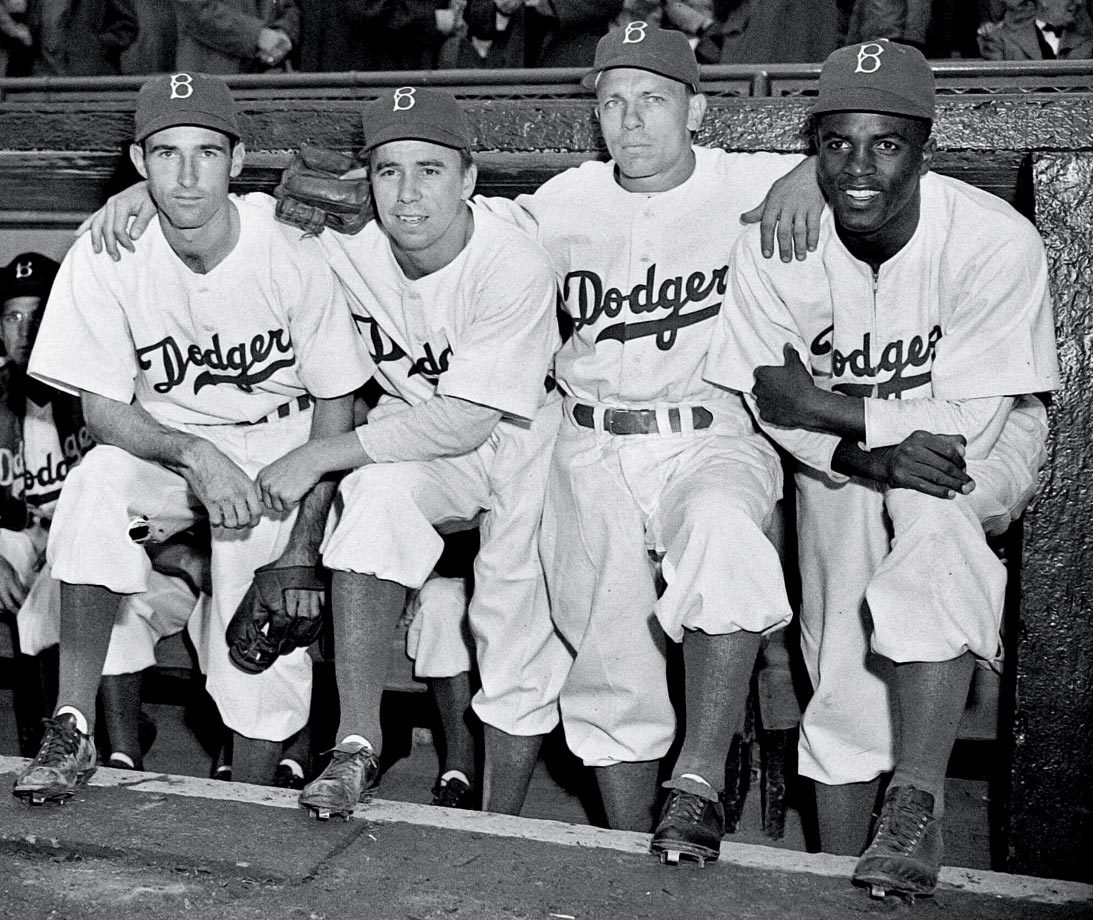Prelude- TCS Research
Currently I am working on a project to quantify and contextualize the history of Major League Baseball teams performance history during the 1940s. (*At present, I have the franchise histories for MLB teams dated back to 1950).
This is a solid opportunity to present the fans of this site with a great example of the complexity, research, and analysis that goes into the creation of the scoring models which make up my Algorithm.
Hopefully many reading this will already be aware of the general vision I am working towards:
To bring to life the history of teams and Leagues in various ways. Namely, by quantifying & contextualizing their performance histories. I am trying to create one of the best historical sport resources in the world.
Trying to quantify the history of sports is very tricky- especially a period like Baseball during the 1940’s. The 1940s was a decade full of major events for Major League Baseball. World War 2 left the League a shell of itself for 4 seasons, the epic return of ‘Real Baseball’ in 1946, the debut of Jackie Robinson and the beginning-of-the-end of a white-only League; and arguably most importantly for Baseball was the household television explosion of the late 40s.
In order to quantify sport-history as accurately as possible, especially a decade like this one, I need to always be asking myself these types of questions:
“How should Era A compare to Era B- in terms of the overall value of the seasons/ Championships?”
“Where does Era A end and Era B begin?”
“What was the quality of play in Baseball during WW2, and also fan interest?
Chapter 1
On the surface, it appears that Major League Baseball did not change very much between 1901 and 1960. 1901 was the first season that the American League was recognized as Major League caliber.
In 1901 both the American League and National League had 8 teams. This did not change until 1961-62 when Baseball expanded from 16 teams to 20 in the course of a calendar year.
To the un-informed it may appear logical that all of these seasons should be worth the same value when quantifying teams’ performance history. However, this couldn’t be further from the truth.
As I continue my research on this topic over the coming days I will outline and post new chapters on how baseball and society evolved in these 60 years and define certain key moments and Eras for Major League Baseball. I will show why it’s critical to understand the broader evolution/ events of society in order to understand how Baseball was affected during these pre-modern periods.
Again, for my purposes, the genesis of this research is to make the most accurate determination on how these early baseball eras should be valued versus one another. Of course, this research also doubles as fascinating information for the fans of Major League Baseball and history-buffs alike.
What is Considered to be the General Pre-Modern Baseball Period?
1969 was a revolutionary year for Major League Baseball and it can be definitively said that this season began the modern period of Major League Baseball. There were major structural changes to the League that sent Baseball in a new direction.
1. There was a 4-team expansion- the largest expansion in the history of the League. The KC Royals, Montreal Expos, SD Padres, and Seattle Pilots all joined MLB. (The Pilots moved to Milwaukee and became the Brewers for their 2nd season.)
MLB went from 20 to 24 teams, and from 18 to 22 Cities. (*2 teams in NY and Chicago)
2. Divisional Era begins- The Leagues went from one large 10-team Division to a sub-breakdown of Divisions. Both Leagues now had East and West Divisions.
3. The Playoff format expanded- Prior to 1969 a team had to win their League’s Title (the Pennant) in the regular season, in order to get a birth straight into the World Series. Now each Division winner went straight to the League Championship Series (LCS).
In 1968 teams had a raw 10% of winning their League and getting to the World Series. Now each team had a 16.7% chance to win their Division and play in a playoff series. (*Even greater chances in fact when considering the 4 expansion teams would not be competitive for their first few years.)
4. Less important to my research, but worth mentioning nonetheless, is Baseball made a major effort to increase offense this season.
- The height of the pitching mound was reduced from 15 inches to 10 inches
- The slope of Pitching mounds were standardized across the League instead of home-team preference
- The strike zone was reduced to a smaller area
Here you can view the summary of this monumental MLB season- https://en.wikipedia.org/wiki/1969_in_baseball
Thanks for reading and please share!

